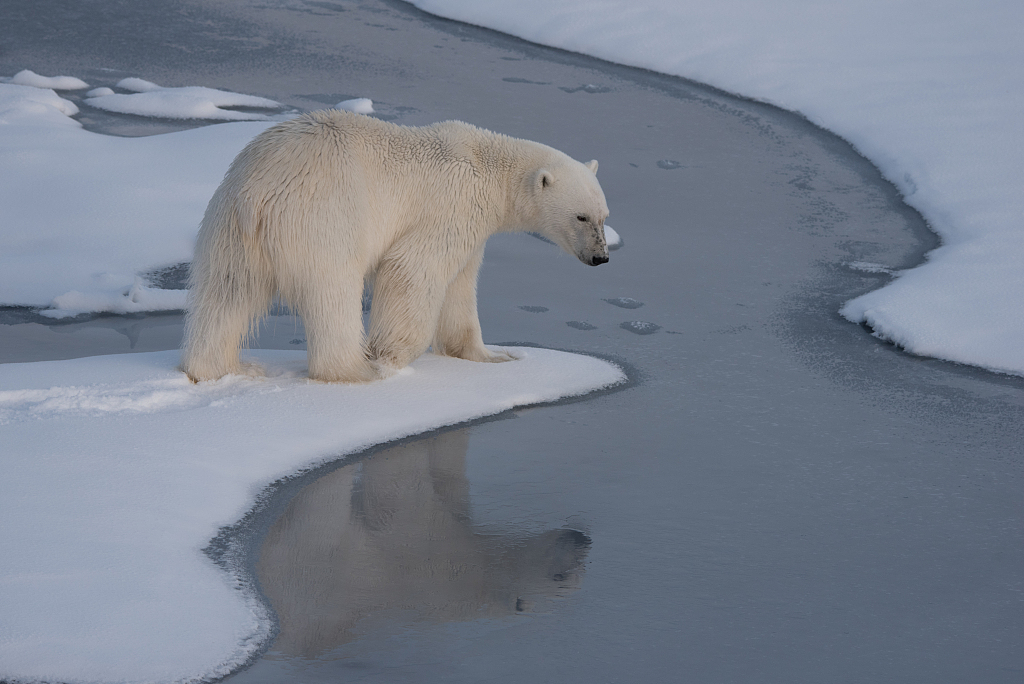11 Dec 2024

Tired Earth
By The Editorial Board

A polar bear's home range can be enormous because the sea ice habitat is vast and ever-changing. The bears travel and search their prey by following the changing ice.
However, they face a growing threat: they are losing their homes because of climate change.
The loss of sea ice habitat is the biggest threat to the survival of polar bears. Because of the ongoing and potential loss of their sea habitat resulting from climate change, polar bears are listed as "vulnerable" in the International Union for Conservation of Nature (IUCN) Red List of Threatened Species.
According to the study "Fasting season length sets temporal limits for global polar bear persistence" released July 20, 2020, in Nature Climate Change, under a high greenhouse gas emissions scenario, it's likely that all but a few polar bear populations will collapse by 2100. And even if moderate emissions reduction targets are achieved, several populations will disappear.
The findings match previous projections that polar bears are likely to persist to 2100 only in a few populations very far north if climate change continues unabated.

The polar ice caps are melting as global warming causes climate change. We lose Arctic sea ice at a rate of almost 13 percent per decade, and over the past 30 years, the oldest and thickest ice in the Arctic has declined by a stunning 95 percent, according to World Wide Fund for Nature (WWF).
If emissions continue to rise unchecked, the Arctic could be ice-free in the summer by 2040, as WWF said.

Polar bears rely heavily on the sea ice environment for traveling, hunting, mating, resting, and in some areas, maternal dens. Particularly, they depend heavily on sea ice-dependent prey, such as ringed and bearded seals.
According to WWF, the priorities for climate-informed polar bear conservation should include identifying and protecting the "last ice areas," the parts of the Arctic that are projected to retain sea ice farthest into the future. It is also important to increase monitoring of polar bear populations, particularly their responses to declining sea ice. And as polar bears spend more time on land, we need to be prepared to manage for increased human-polar bear conflict.
Above all, reducing greenhouse gas emissions is an important part of protecting this species.
Source : news.cgtn.com
Comment